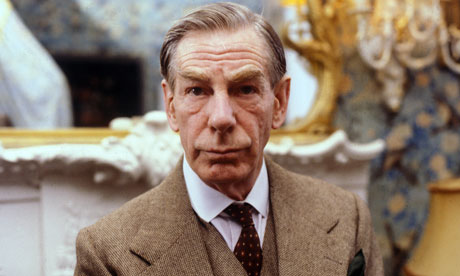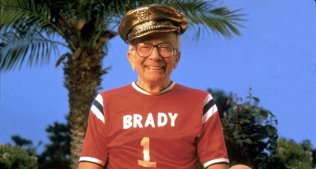Pete Postlethwaite, actor
 February 7, 1946 - January 2, 2011
February 7, 1946 - January 2, 2011Anne Francis, actor
September 16, 1
Gerry Rafferty, singer-songwriter
April 16-1947 - January 4, 2011
Peter Yates, film director
July 24, 1929 - January 9, 2011
Susannah York, actor
January 9, 1939 - January 15, 2011
Charlie Callas, comedian / actor
December 20, 1924 - January 27, 2011
John Barry, film composer
November 3, 1933 - January 30, 2011
Bill Justice, animator
February 9, 1914 - February 10, 2011
Kenneth Mars, actor
April 4, 1
 935 - February 12, 2011
935 - February 12, 2011Dwayne McDuffie, comic book writer / animator
Febru
 ary 20, 1962 - February 21, 2011
ary 20, 1962 - February 21, 2011Nicholas Courtney, actor
 December 16, 1929 - February 22, 2011
December 16, 1929 - February 22, 2011Michael Gough, actor
Novembe
 r 23, 1916 - March 17, 2011
r 23, 1916 - March 17, 2011Elizabeth Taylor, actor
February 27, 1932 - March 23, 2011
Sidney Lumet, film director
June 25, 1924 - April 9, 2011
Arthur Marx, writer
July 21, 1921 - April 14, 2011
Elisabeth Sladen, actor
 February 1, 1946 - April 19, 2011
February 1, 1946 - April 19, 2011Jackie Cooper, actor
 September 15, 1922 - May 3, 2011
September 15, 1922 - May 3, 2011Arthur Laurents, stage and screen writer / stage director
July 14, 1917 - May 5, 2011
Dolores Fuller, actor / songwriter
March 10, 1923 - May 9, 2011
Jeff Conaway, actor
October 5, 1950 - May 27, 2011
Wally Boag, performer
September 13, 1920 - June 3, 2011
James Arness, actor
May 26, 1923 - June 3, 2011
Roy Skelton, actor
July 20, 1931 - June 8, 2011
Clarence Clemons, musician
January 11, 1942 - June 18, 2011
Fred Steiner, film and television composer
February 24, 1923 - June 23, 2011
Peter Falk, actor
September 16, 192
 7 - June 23, 2011
7 - June 23, 2011Gene Colan, comic book artist
September 1, 1926 - June 23, 2011
Würzel, musician
October 23, 1949 - July 9, 2011
Sherwood Schwartz, television producer
November 14, 1
 916 - July 12, 2011
916 - July 12, 2011Tom Aldredge, actor
February 28, 1928 - J
 uly 22, 2011
uly 22, 2011John Howard Davies, television producer
March 9, 1939 - August 22, 2011
Charles S. Dubin, television director
February 1, 1919 - September 5, 2011
Cliff Robertson, actor
September 9, 1923 - September 10, 2011
Tom Wilson, cartoonist
August 1, 1931 - September 16, 2011
Earl Kress, animation writer
August 22, 1951 - September 19, 2011
Charles Napier, actor
April 12, 1936 -
 October 5, 2011
October 5, 2011Steve Jobs, businessman / inventor
February 24, 1955 - October 5, 2011
Leonard Stone, actor
November 3, 1923 - November 2, 2011
Sid Melton, actor
May 22, 1917- November 2, 2011
Bil Keane, cartoonist
October 5, 1922 - November 8, 2011
John Neville, actor
May 2, 1925 - N
 ovember 19, 2011
ovember 19, 2011Ken Russell, film director
July 3, 1927
 - November 27, 2011
- November 27, 2011Alan Sues, actor
March 7, 1926 - December 1, 2011
Jerry Robinson, comic book artist
January 1, 1922 - December 7, 2011
Harry Morgan, actor
April 1
 0, 1915 - December 7, 2011
0, 1915 - December 7, 2011Bert Schneider, film and television producer
May 5, 1933 - December 12, 2011
Joe Simon, comic book writer
October 11, 1913
 - December 14, 2011
- December 14, 2011Eduardo Barreto, comic book artist
1954 - December 15, 2011
Nicol Williamson, actor
September
 14, 1936 - December 16, 2011
14, 1936 - December 16, 2011










